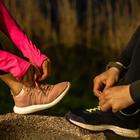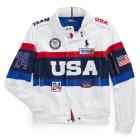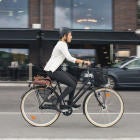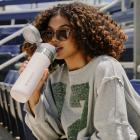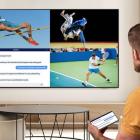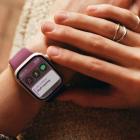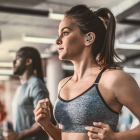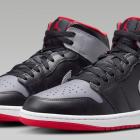
As a runner and a CBS Sports Essentials writer, I think about running shoes a lot. The hardest part about recommending the best Nike running shoes or the best Hokas, let alone the best running shoes across any brand, is trying to include something that works for every type of runner.
From beginner to ultra-runner; from trail runners to treadmill enthusiasts -- all have different running shoe requirements. And that's not even touching the different shapes, sizes and pronation of the feet inside those running shoes.
Let's break through the jargon and get to what actually matters. Just six questions will tell you what the best running shoes for you should look like. And I've got recommendations to match.
Meantime, if you're looking for my recommendation for the best shoe overall, that's easy. The Nike Pegasus 41 is a versatile, comfy daily trainer and my favorite shoe to run in.
Get the Nike Pegasus 41What is your pronation?
Pronation refers to the inward motion of the foot as you move. Some degree of inward rolling is normal and helps absorb shock so it doesn't shoot through your ankles and knees. But taken to the extreme, it can cause injuries and requires special shoes to help correct it.
If your toes point straight ahead while you walk, your pronation is neutral. If they point inward, you may over-pronate. If they point outward, you may supinate (or under-pronate).
Over-pronation can put excess stress on your arches and is likely to cause pain in the ankles, knees or hips. Supination puts extra stress on the balls of your feet and is more likely to cause pain in the top of your foot or give you shin splints.
Best running shoes for over-pronation: New Balance Fresh Foam X 860v14
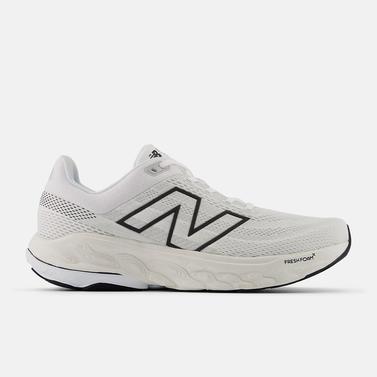
With a foam stability plate and dual-density foam, the Fresh Foam X 860v14 is one of the best New Balance running shoes for stability. It provides all the support your feet need to correct over-pronation in a softer, cushier format that doesn't feel as stiff as other support shoes.
Shop men's sizes:
$140 at New BalanceShop women's sizes:
$140 at New BalanceBest running shoes for under-pronation: Adidas Adizero Boston 12
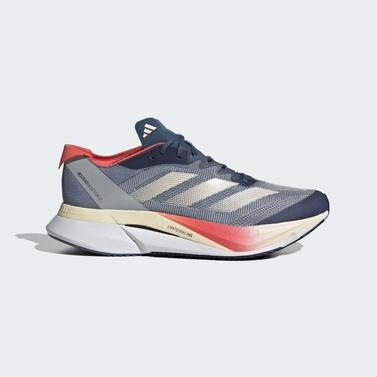
With a low 7 mm drop, flared outsole under the forefoot and supportive yet flexible energy rods running through the midsole, the Adidas Adizero Boston 12 protects the foot while remaining flexible and bouncy enough to help the foot move smoothly through your stride.
Shop men's sizes:
$128 at AdidasShop women's sizes:
$160 at AdidasHow strong are you?
Running is a balancing act, if you think about it. At any given moment, one foot or the other is landing on the ground and supporting the full weight of your body on its own. So understanding how strong your stabilizing muscles are can help you figure out how much extra support you may need from your shoes.
So stand up straight (barefoot, please) and raise your dominant leg so that you're balancing on your non-dominant leg. If you're not sure which one is dominant, just do this exercise with each leg. Was it easy to stay balanced or did you wobble and feel a bit unstable?
If you wobbled, you might benefit from a running shoe with extra support. If it felt easy, you probably don't need much additional support -- and a shoe with too much support could end up throwing you off balance.
Which running shoes have the most support?
If you do need that extra support, New Balance or Asics running shoes are two of your best bets. Both brands offer a few kinds of stability running shoes. Just be forewarned that stability shoes tend to have rigid frames meant to hold your foot in place, which can feel a little uncomfortable. That's why I'm recommending the Asics Gel-Kayano 30. It balances that rigid structure with super soft gel-infused cushioning.
Best stability running shoes: Asics Gel-Kayano 30
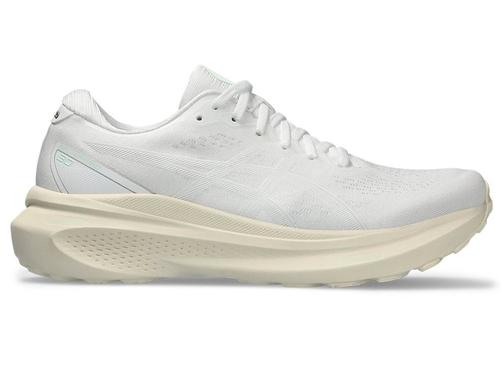
With its updated 4D guidance system, the Asics Gel-Kayano 30 gently cradles your foot, providing the stabilizing structure you need to prevent wobbling on your landings. But the 40 mm stack of plush foam and shock-melting gel make these Asics running shoes significantly softer than your standard stability shoe.
Shop men's sizes:
$120 at AsicsShop women's sizes:
$120 at AsicsWhat is your foot width?
You might have noticed that you need to size up or size down for some brands because your normal size just doesn't fit right. That could be because your feet run a little narrower or wider than the standard width of that particular brand.
Grab a ruler and measure the widest part of your foot. If that number is just under half your shoe size, you have regular width feet by most brands' standards. For example, I wear size 8 shoe. My foot is just under 3.5 inches wide, which is a little less than half my shoe size. So I stick with regular width shoes.
If your foot's width is half or more your shoe size, you may need a running shoe that comes in wide or extra wide sizes. If it's significantly less than half, shop for running shoes that offer narrow sizes.
Many runners complain that Nike running shoes run narrow. So if your feet are narrow, Nike running shoes might fit better than, say, Brooks running shoes, which are often said to run wide.
For men with narrow feet, you can try ordering the women's size of the shoe you want since women's sizes sometimes run a tad narrower. Likewise, women with wide feet can try ordering men's sizes.
Should you go up or down a size in running shoes?
Rather than sizing up or down, look for running shoes that offer wide or narrow options for each size. Brooks is one of the best brands for that, but it's becoming increasingly common across other brands, too.
Best running shoes for narrow feet: Nike Winflo 10
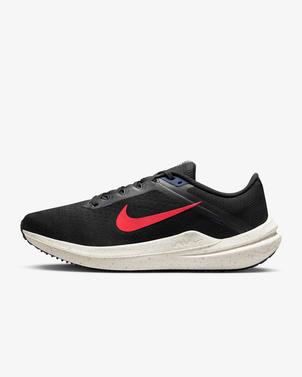
Nike running shoes notoriously run narrow already, and the Nike Winflo 10, in particular, features a non-stretch upper, snug strap-based lacing and a bumper in the toe box that all make it easy to get a secure fit even on narrower feet.
Shop men's sizes:
$70 at NikeShop women's sizes:
$79 at NikeBest running shoes for wide feet: Brooks Ghost 16
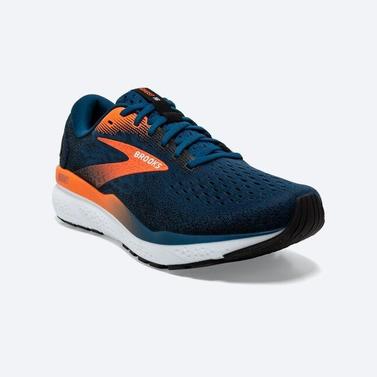
Brooks running shoes can already run a bit wide, but the plush and versatile Brooks Ghost 16 also comes in three alternative widths (wide, extra wide and narrow) to accommodate as many feet as possible.
Shop men's sizes:
$140 at BrooksShop women's sizes:
$140 at BrooksHow do you run?
When you run, is it the heel, mid-foot or forefoot that touches down first? At slow to moderate paces, I'm a mid-foot striker, but when I'm running at full speed, I become a heel striker. Since I mostly run for fun, I spend more time at moderate paces, so I need a shoe that's better suited to mid-foot striking.
If you're primarily a heel striker, you want shoes with a higher heel-to-toe drop (meaning more cushioning in the heel than the forefoot) and good flexibility to allow your foot to roll forward through your stride. Luckily for you, this will be fairly easy to find. Many brands seem to assume everyone runs like you.
If you're a midfoot or forefoot striker, opt for a slightly firmer midsole and lower heel-to-toe drop. This will make it easier to achieve a stable landing.
Best running shoes for heel strikers: Brooks Adrenaline GTS 23
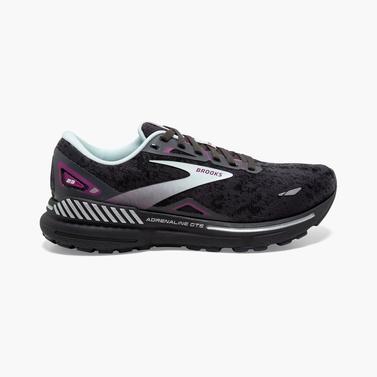
Seemingly engineered for heel strikers, the Brooks Adrenaline GTS 23 packs tons of cushioning under the heel, featuring a generous 12 mm drop and guide rails around the heel to minimize side-to-side movement on landing.
Shop men's sizes:
$140 at BrooksShop women's sizes:
$140 at BrooksBest running shoes for midfoot or forefoot strikers: Hoka Mach 6
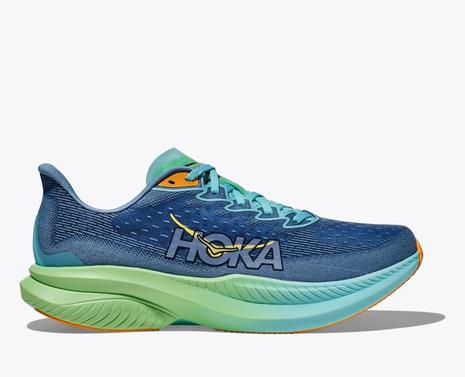
With a low 5 mm drop and plenty of cushioning in the forefoot, these Hoka running shoes are a solid choice for midfoot or forefoot strikers.
Shop men's sizes:
$140 at HokaShop women's sizes:
$140 at HokaWhere will you be running?
Where you run determines what kind of performance features your shoes should have. For trail running, the best running shoes have an outsole with incredible grip and traction.
Without overcomplicating it too much, grip refers to a shoe's ability to stick to a trail and is key for navigating loose terrain like gravel or dirt. Traction is the shoe's ability to create friction on a smooth surface so you don't slide around on an icy trail or a solid rock face.
If you're exclusively a trail runner and you get out on some pretty technical terrain, your shoes should also be exceptionally durable. That way, you don't burn through them too fast.
If you mostly run on pavement or a treadmill, you still need some traction, but shoes that are too grippy are your nemesis. You'll end up sticking to the ground on each foot-strike. Focus on a wider, flatter sole that improves stability on a flat surface.
Best trail running shoes: Saucony Xodus Ultra 2
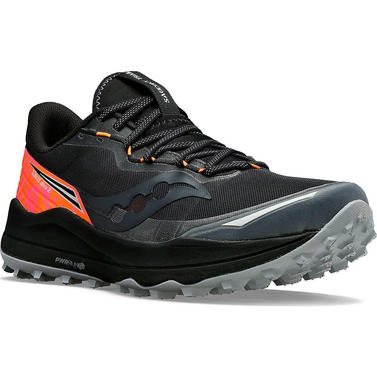
Built for the toughest terrains, the Saucony Xodus Ultra 2 trail running shoes feature deep, multidirectional lugs and textured rubber on the outsole to deliver both grip and traction on your most technical runs.
Shop men's sizes:
$120 at SauconyShop women's sizes:
$120 at SauconyBest road running shoes: Nike Pegasus 41
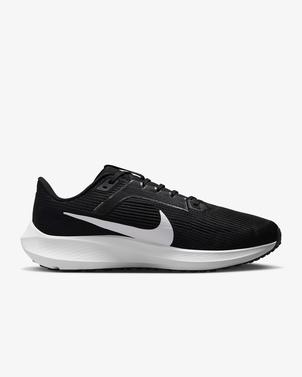
With plenty of cushioning and a waffle outsole, the just-released Nike Pegasus 41 offers just the right amount of traction and is great at absorbing the impact of landing on hard surfaces.
Shop men's sizes:
$140 at NikeShop women's sizes:
$140 at NikeHow long are your runs?
While many people define the length of a run by mileage, I think it's more accurate to measure it in time. The same five-mile loop might feel like a short run for a seasoned pro but an eternity for a beginner. So for our purposes, a long run is any distance that takes you two hours or longer.
Cushioning is key on long runs. The impact of each foot strike starts to add up so it's important to get a shoe that's better equipped to absorb or redirect that shock away from your foot. You might also benefit from a little more support to keep your foot stable when your muscles start to slack.
Best running shoes for long distance: Hoka Clifton 9
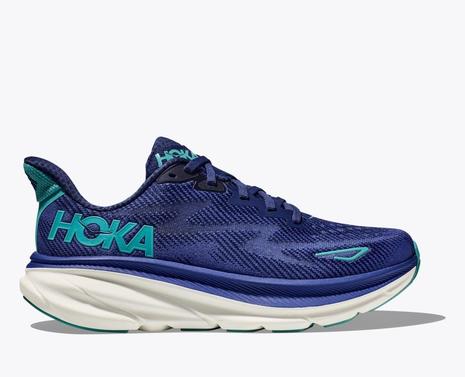
One of the most popular Hoka running shoes, the Hoka Clifton 9 has thick yet airy cushioning that makes for a cloud-like feeling underfoot so you can log endless easy miles.
Shop men's sizes:
$145 at HokaShop women's sizes:
$145 at HokaBest running shoes for short distances: Nike Vaporfly 3
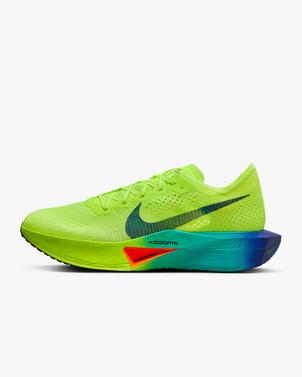
The Nike Vaporfly 3 was designed for racing, which means it's ultra-lightweight, bouncy, breathable and offers just enough cushioning to keep your foot comfortable on a quick run.
Shop men's sizes:
$260 at NikeShop women's sizes:
$260 at NikeHow much do running shoes cost on average?
Most running shoes cost between $100 and $200 on average. Anything cheaper than that is unlikely to be worth your money (unless it's a clearance price).






